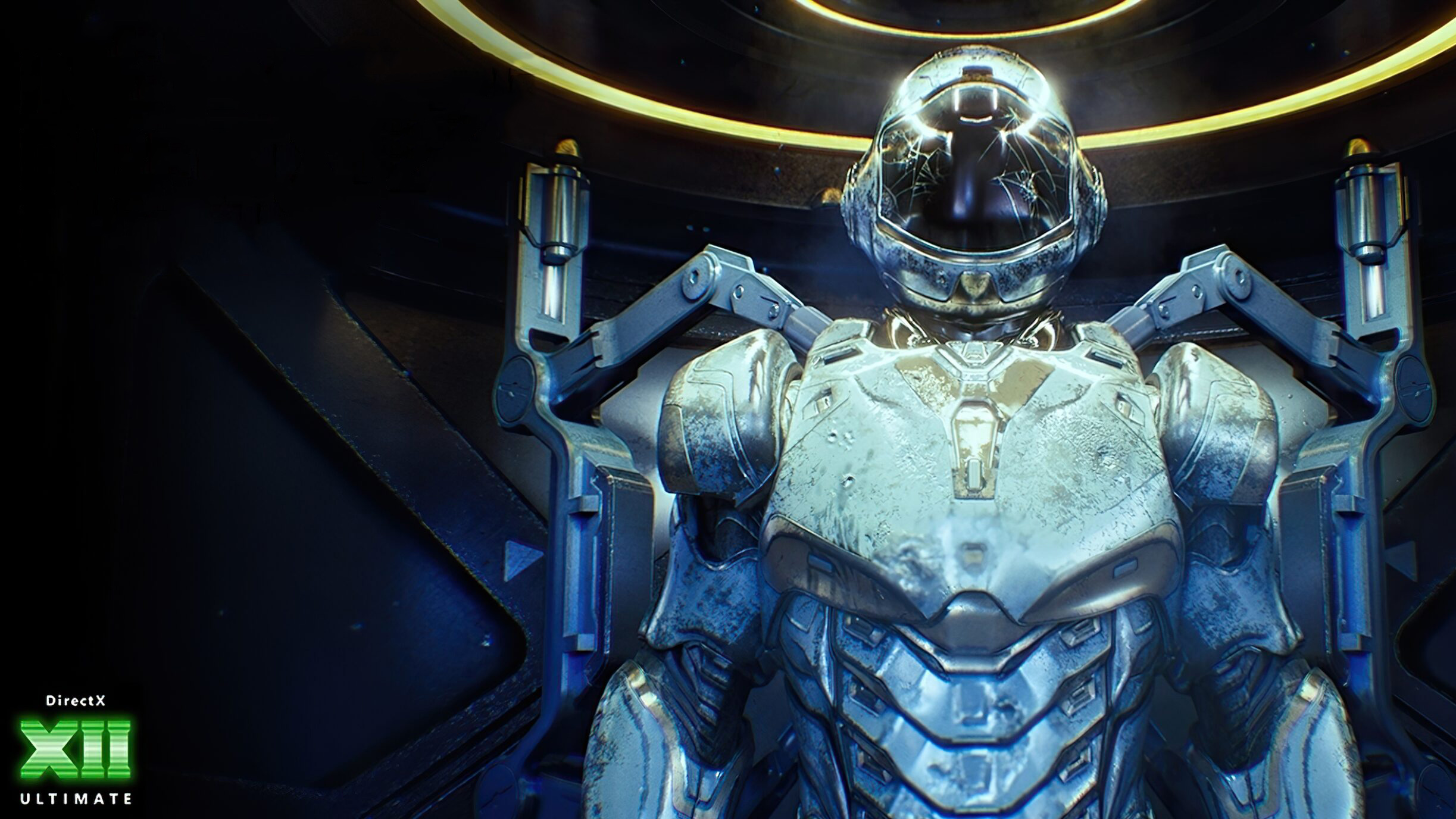
Microsoft is advancing its DirectX API to support neural rendering, signaling a transformative shift in graphics rendering by incorporating AI and machine learning. This development, highlighted in a recent blog post, is designed to enhance visual quality and efficiency in gaming and other graphics-intensive applications.
Neural rendering makes use of machine learning models to generate or enhance visual elements such as textures, lighting, and image upscaling. By offloading complex rendering tasks to AI, this approach improves both performance and visual fidelity while reducing the computational burden on traditional rendering pipelines. Technologies like Nvidia’s DLSS and AMD’s FSR have already demonstrated the potential of AI-enhanced rendering. Microsoft’s initiative seeks to provide a standardized, open framework for such capabilities within the widely used DirectX API.
A key feature of the forthcoming DirectX update is Cooperative Vector Support. This feature will enhance AI workloads for real-time rendering by optimizing matrix-vector operations crucial for AI tasks like training, fine-tuning, and inferencing. This feature allows AI tasks to run in different shader stages, enabling efficient execution of neural networks, such as in a pixel shader, without monopolizing the GPU. By integrating neural graphics into DirectX applications, it provides access to AI-accelerator hardware across platforms, empowering developers to create more immersive experiences.
Microsoft has confirmed that Cooperative vectors will leverage Tensor Cores in Nvidia's new RTX 50-series GPUs to enable neural shaders, enhancing game asset visualization, optimizing geometry for improved path tracing, and supporting tools for creating photorealistic game characters.
Microsoft’s High-Level Shading Language (HLSL) team is said to be working closely with major GPU manufacturers, including AMD, Intel, Nvidia, and Qualcomm, to ensure these new capabilities are optimized for a wide range of hardware architectures.
By embedding neural rendering capabilities into DirectX, Microsoft could broaden the adoption of AI-driven graphics across multiple platforms. Potential applications range from enhanced real-time ray tracing to adaptive resolution scaling for high-definition displays. While proprietary AI rendering technologies have been limited to specific ecosystems, Microsoft’s open approach could democratize access, fostering greater innovation and competition.
Though the updates are still in development and lack a definitive release date, they highlight the increasing role of AI in shaping the future of graphics technology.







